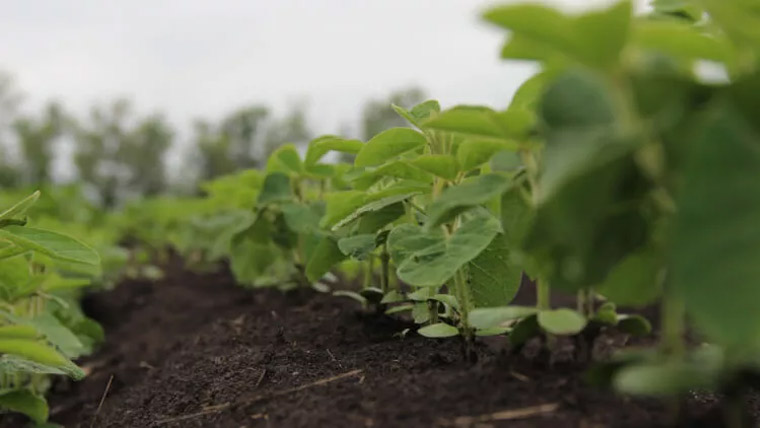Manitoba Agriculture reports that, for the most part, crops are looking good, although dry conditions are resulting in thinner stands and shorter plants in some regions.
Anne Kirk, a cereal crop specialist with Manitoba Agriculture, says isolated rainfall and thunderstorms resulted in varying amounts of precipitation.
Over the past week much of the province did get precipitation. We saw precipitation throughout the province ranging from about a millimeter to 65 millimetres. Most regions had more than six millimeters of rain which was great.
The areas that did receive significant moisture would be quite happy for crop development and to see the crops really benefit from that moisture. In some of the drier areas we are seeing some crop symptoms due to the drier conditions, whether it’s thin stands or shorter plants because it has been quite dry in some areas.
Most of the Interlake has received less than 50 percent of normal precipitation. Parts of the northwest and parts of the east as well have been quite dry so we are seeing in general that large parts of the northwest, east and Interlake have accumulations under 60 percent of normal. There are few areas in the southwest and central that are closer to normal for precipitation but most areas are less than 100 percent of normal.
~ Anne Kirk, Manitoba Agriculture
Kirk says the drier conditions have kept a lid on diseases but fungicide applications to prevent fusarium head blight have started in winter wheat, which has been flowering, applications will be starting in spring wheat over the next week or so and growers will starting to make fungicide application decisions for canola over the next week. She notes, moisture requirements peak during flowering so more moisture would be welcomed.





